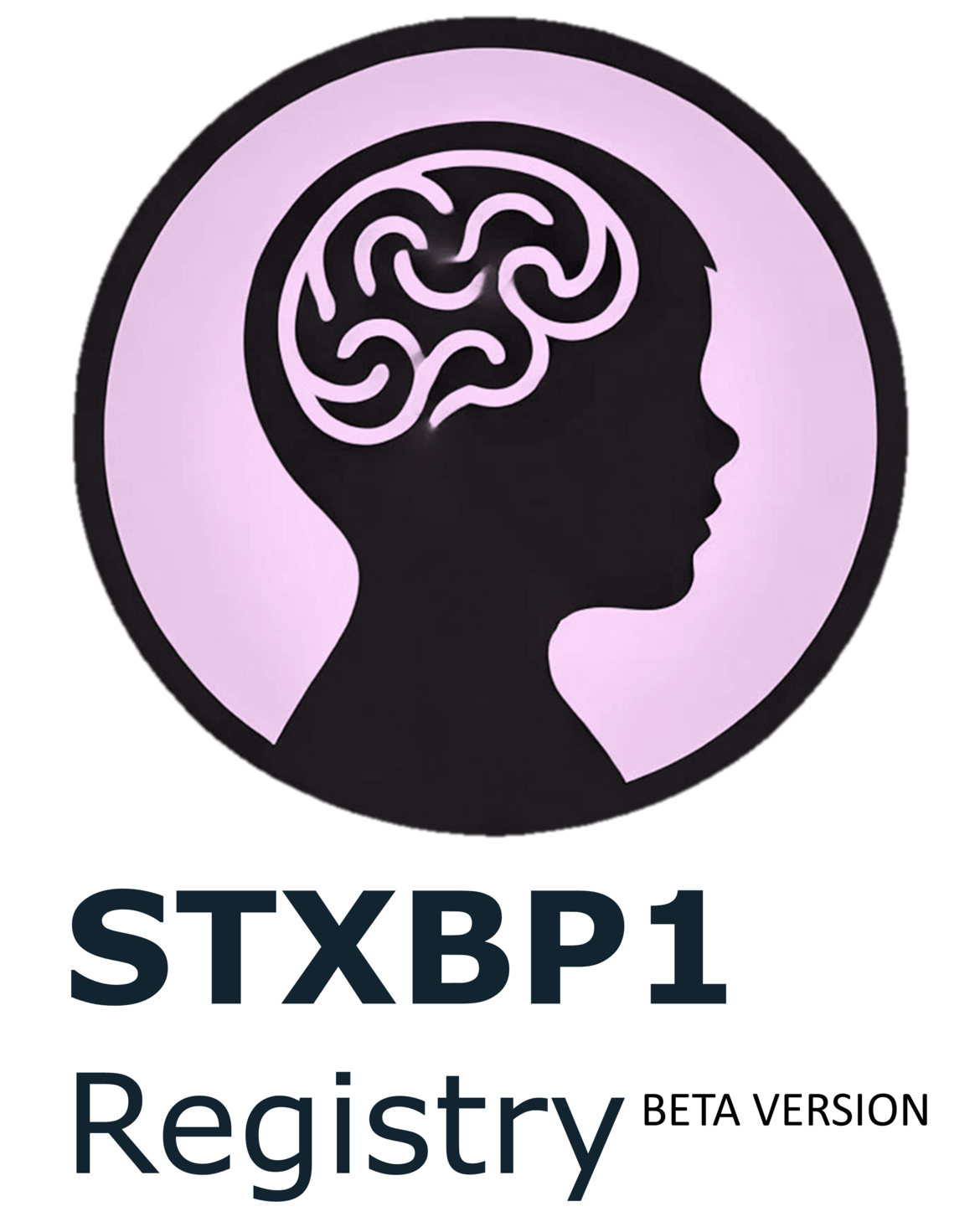WHAT IS STXBP1?
STXBP1 is a rare genetic disorder that affects approximately 1 in 30,000 newborns. Affected individuals typically experience developmental delay that often progresses to intellectual disability, along with epilepsy, behavioral abnormalities, and movement disorders. Currently, there is no curative treatment available for individuals with STXBP1.
WHY DO WE NEED A GERMAN-LANGUAGE STXBP1 REGISTRY?
„Register und Datenbanken sind das Rückgrat moderner Medizin. Sie ermöglichen es uns, aus den Erfahrungen vieler Patienten zu lernen und die Versorgung für alle zu verbessern.“
Until now, there has been no STXBP1 registry. Now, affected German- and English-speaking families have the opportunity to participate in a patient registry. The data is collected in Germany in collaboration with the University of Heidelberg and the University of Leipzig, following the highest security standards. In addition, the STXBP1 registry is currently being expanded to include multiple languages in order to reach affected families across Europe. Collaboration and scientific exchange with international patient advocacy groups and researchers is a key goal of the project. The database is also intended to facilitate contact with affected individuals for future German and international studies.
CONTACT PERSON:
Study Director:
Prof. Dr. med. Steffen Syrbe
Additional Members of the Registry Team:
Dr. med. Jan Henje Driedger
cand. med. Prisca Wille
cand. med. Kim Marie Thalwitzer
Contact Address:
Center for Pediatric and Adolescent Medicine
Section of Pediatric Epileptology
Epilepsy Diagnostics
Subject: Registry
Im Neuenheimer Feld 430
69120 Heidelberg
CLICK HERE TO PARTICIPATE IN THE STXBP1 REGISTRY
Downloads
- Informationsschreiben für die Studienteilnahme (Deutsch)
- Einwilligungserklärung für die Studienteilnahme (Deutsch)
- Informationsschreiben für die Teilnahme der Familie (Deutsch)
- Einwilligungserklärung für die Familie (Deutsch)
A collaboration with Human Genetics Leipzig
FAQ
WHO CAN PARTICIPATE IN THE STXBP1 REGISTRY?
The STXBP1 registry includes individuals affected by STXBP1 regardless of age, severity, or nationality. The questionnaires are completed by parents, relatives, or caregivers of individuals with STXBP1. Currently, the questionnaires are available in German and English, but additional languages will be added over time!
HOW OFTEN IS DATA COLLECTED?
The initial data collection takes place via a questionnaire completed after registration. After that, follow-up questionnaires are sent automatically once a year to enable long-term observation of the disease progression.
WHAT HAPPENS TO THE DATA I ENTER?
The personal information you provide during enrollment and the data collected through the questionnaires (e.g., on symptoms, treatments, and quality of life) are stored separately. Only the study team can link your identity to the data using a pseudonymization key.
The pseudonymized (de-identified) data are stored securely using REDCap (Research Electronic Data Capture). The registry team analyzes the data at regular intervals to better understand the natural course of STXBP1-related disorders and improve care and research efforts.
WHAT HAPPENS TO THE DOCUMENTS I UPLOAD?
Examination results (EEG, MRI, molecular genetic diagnostics, etc.) of the study participant can be uploaded directly to the patient registry. These documents are stored separately from the other data. A member of the registry team will then transfer the findings into the database. After that, the documents are deleted.
DO I HAVE TO REMOVE PERSONAL INFORMATION (E.G. NAME, ADDRESS) FROM THE DOCUMENTS I UPLOAD?
All uploaded documents are reviewed by a member of the STXBP1 registry team. The relevant findings are de-identified (pseudonymized) and transferred from the uploaded documents into the study database. The original documents are then promptly deleted. This ensures that only de-identified (pseudonymized) data remain in the database. So, you do not need to remove personal information from the documents before uploading them!
CAN I MODIFY MY DATA LATER ON?
Using your personal link and a return code, you can modify, delete, or complete your entries at any time. Instructions on how to do this will be provided when you click “Save and continue later.”
WHO CAN I CONTACT IF I HAVE QUESTIONS OR DIFFICULTIES?
If you have any difficulties, questions, or comments, you can contact the study director or a member of the STXBP1 registry team at any time.
Email: Epi-Register.Kind@med.uni-heidelberg.de



